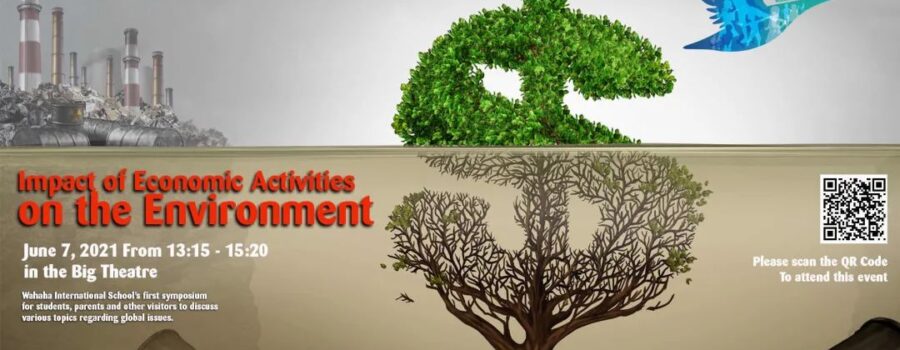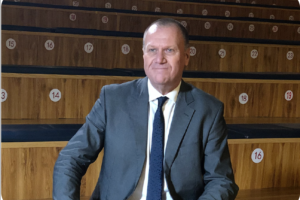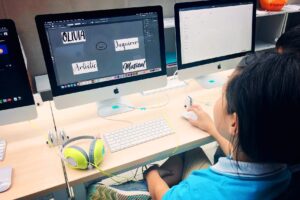– ‘Data from the U.S. Environmental Protection Agency found that in 2018-2019 alone, underground mines released about 74 million metric tons of carbon dioxide.’
– ‘The clothing industry’s carbon emissions account for 10% of human carbon emissions, making it the second-largest water polluter.’
– ‘Only 3% of the water is freshwater, which can be used for drinking or growing crops.’
– ‘In China, 35 million tons of food are wasted every year.’

The data above on environmental pollution all came as the result of a research project carried out by Grade 4 students titled – “The Impact of Economic Activities on the Environment“.
The WIS Symposium represented the summative assessment for the transdisciplinary theme: How We Organise Ourselves. In this theme, learners delved into the complex structures and relationships that connect us to the world and to each other.
In this instance Grade 4 researched and practiced economics and trade, tackling questions, such as: how goods & services are given their value and how our economic choices and activities impact the environment.
The scope of research covered coal mining, overfishing, clothing, food, tourism, etc. Through these shocking figures, our learners called on us all to pay attention to environmental protection and the elimination of waste.



The children were divided into groups of three and they selected themes for their researches themselves. Our learners presented their results to the WIS community through our bilingual symposium.

As our PYP Coordinator, Mr. M said,
“The whole process took a total of two weeks. They conduct independent research to outline the issues, find evidence to support their positions, and uncover different solutions.
This was a very difficult trial, that offered a lot of twists, turns, and roadblocks. The time was used especially on identifying the authenticity of the information and assigning tasks among themselves reasonably.
We were exceptionally impressed by our learner’s resilience. They all rose to the challenge and persevered, they didn’t give up but continued to press on.
They focused on their ability to collaborate, communicate, research, and record their sources of information, as well as developing their time-management and self-management skills.
Moreover, public speaking is incredibly daunting for most of us, but our learners endeavored to deliver their messages and challenge their audience’s perspectives through engaging and thought-provoking hooks, with terrifying facts, and solutions we can all actively pursue to create a better world.
By encouraging independence, our learners become more reliant on their growing critical thinking skills, are more able to plan their time effectively, and create solutions to problems both within their groups and as individuals. These actions are equipping students with the tools required to march confidently into grade 5 and tackle the challenges this next step presents.”





